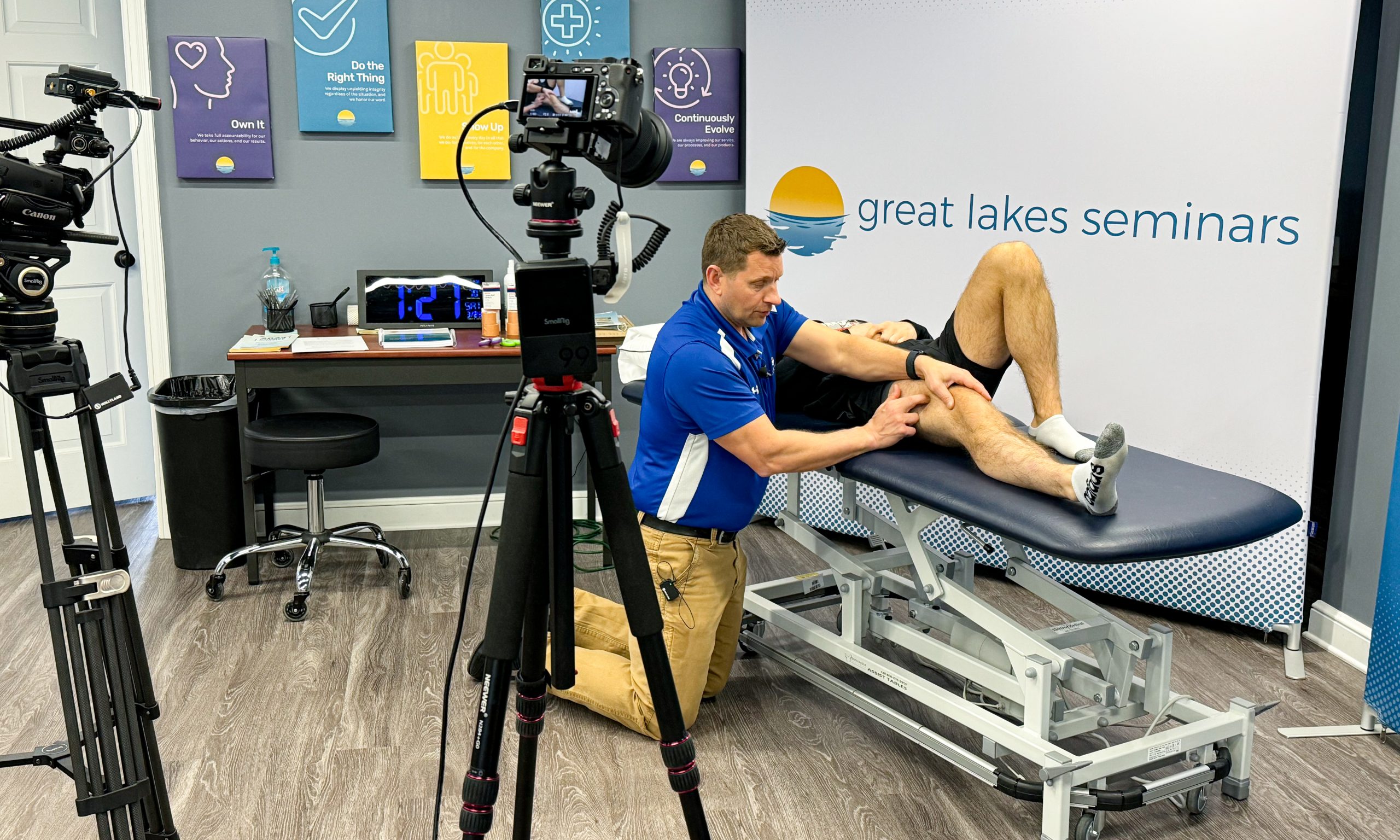6 Misconceptions About Physical Therapy... Debunked!

Physical therapy (PT), known as physiotherapy for those outside of the United States, can easily be defined as a division of healthcare that promotes the restoration or maintenance of an individual’s health and physical wellness through education, physical intervention, and implementation of skilled exercise or movements. In the year 2020, The World Physiotherapy Organization estimated that roughly 1.9mil PT/physios were in practice world-wide offering skilled care in a number of sub-fields ranging from outpatient pediatrics to acute care inpatient neurological care. Physical therapy offers rather unique treatments techniques that often lay within the “grey space” of manual medicine, medical techniques that involve direct contact with our patients… and often there are some misconceptions regarding this field, this blog post aims to correct a few of those misconceptions!
Misconception #1: PT is going to hurt and they’re going to work me too hard
Perhaps one of the greatest misconceptions about physical therapy is that it is supposed to or is going to hurt… that is false! Physical therapists are movement specialists and should be able to improve a patient’s musculoskeletal problems without exacerbating pain. Now it should be noted that some conditions are painful in general (i.e.- knee replacement or other surgeries) and that some discomfort is normal, however PT has plenty of tools and non-pharmacological aids that can help reduce your pain during your treatment.
Your PT is not going to be a drill sergeant either! Our goal is to gently reintroduce normal movement patterns back into your life. Although we will sometimes push you a little bit if needed… our focus is always to remain therapeutic and to reduce your pain and discomfort while improving your function!
Misconception #2: PT is only for “older” people
If you’ve ever been in a PT clinic, you’d easily notice that the average age at any general clinic is often greater than 50 years old. However, PT is useful for folks of all ages… there is even a clinical specialty that works only with pediatric patients! Your PT will create a treatment plan taking your age in consideration, so don’t be afraid that you’re not going to be pushed hard enough during your exercises. Depending on what’s ailing you, you might find that your stay at PT won’t be very long and that your exercises will tie directly into your favorite hobby or recreational sport.
A growing trend in the industry is sports-based specialty clinics, sometimes even nestled inside fitness centers or gyms. These clinics work on improving an individual’s participation in the weight room and you will easily find that they focus on resistance training and sport performance techniques to help accelerate your progress during your training cycle if you’re an avid athlete. In these facilities, you might see coordination between a PT and personal training staff which is a great way to keep your body moving in top shape to prevent injury!
Misconception #3: PT only works if I’m injured, and I will need a referral
As stated earlier, PT can be implemented before an injury happens! Depending on state practice acts, a PT can be seen without a referral from your physician (known as direct access)… which can make us the first stop in making sure that you have good mechanics during an activity. Reach out to your local PT to see if your region has direct access to their services without needing a visit to your physician; your PT will happily help you with the next steps if they do need a referral.
Misconception #4: PT is only for bone and muscle problems
False! PT actually traces its roots in the care of burn victims and you can often see a PT involved in treatment plan for individuals with chronic wounds. PTs also treat patients for a myriad of neurological, cardiac, and pelvic health disorders! In fact, there are clinical specialties in the abovementioned fields where we work in tandem with care delivered by a specialty-care physician. One of the fastest growing sub-fields of PT is pelvic health, where we work with both male and female patients in order to improve chronic pelvic pain, incontinence, rectal dysfunctions, and reproductive health.
Misconception #5: The PT is going to fix me
Your PT will give you the tools to help shape your recovery and will perform a mix of techniques that will help accelerate your progress, however you are ultimately the one responsible to make the progress! Patients that have an active role in their therapy (and do their home exercise program!) tend to recover faster, and those who continue to do their exercises after care are less likely to come back for the same pain or musculoskeletal injury! If you don’t actively do your homework… your PT will know!
Misconception #6: Physical therapy is just massage therapy
Physical therapy is not just massage therapy. Although our fields are closely related and often share similar treatment techniques, our professions vary by scope of practice and by educational focus. Licensed massage therapists (LMTs) earn at minimum an applied associate degree in massage therapy where their educational focus is centered in learning how to best provide massage and soft-tissue techniques in a safe and therapeutic environment typically outside of the traditional medical system. Practice acts vary by state and region; however they are restricted in their use of manual techniques outside of massage or soft-tissue work, but with the caveat of not needing a script to help you out. This means that your typical LMT can see you for “body work” and for that much needed muscle release… giving you great care without needing to see a physician to get a script to start care.
Physical therapists (PTs) on the other hand are currently required to earn at minimum a doctorate of physical therapy degree (DPT) where educational focus is centered around differential diagnosis and the added focus of working inside or with the traditional medical system. This means your physical therapist will often want you to secure a script from your physician to start skilled care where they will possibly work in conjunction with your existing medical team to treat a musculoskeletal impairment. Your PT will prescribe skilled exercise, use joint mobilizations, modalities (e-stim, ultrasound, etc), and possibly employ some similar massage or “body work” techniques you’d see from your LMT.
Now with that said, both professions are valuable contributors to patient care! In some states you can see your PT without seeing your physician and some LMTs work in conjunction with medical professionals to offer care for lymphedema and medical massage techniques for critically ill patients!
Closing Thought
Hopefully this blog helped dispel a few of the misconceptions about physical therapy! PTs can offer a rather eclectic approach to treating various conditions and can do much more than just massage or make you work out. Reach out to a local clinician to see how you can access and fold PT into your healthcare plan!
Share this article:


